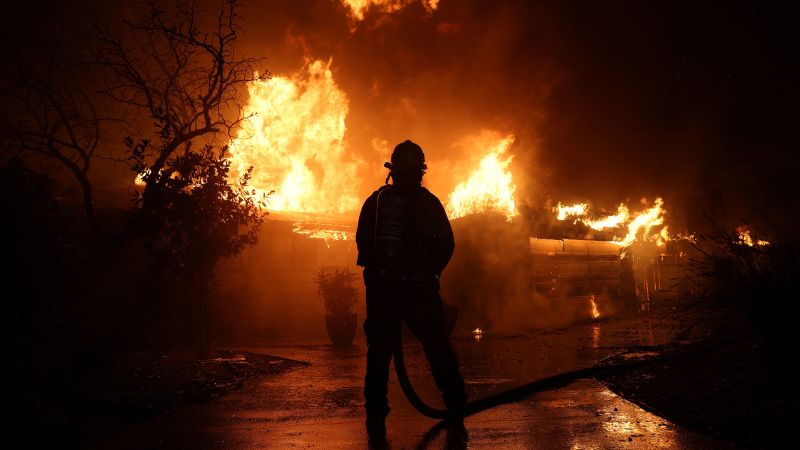Lifeline Lost: CDC Budget Cuts Threaten Miners and First Responders' Safety Shield

For countless Americans who depend on respirators to safeguard themselves from harmful airborne particles like dust, smoke, mold, and viruses, there's a small but crucial agency within the Centers for Disease Control and Prevention (CDC) working tirelessly behind the scenes. This unsung hero ensures that protective respiratory equipment meets the highest standards of safety and effectiveness, ultimately protecting public health from invisible threats.
The agency's meticulous work means that when you don respirators to shield yourself from potentially dangerous environmental hazards, you can breathe easier knowing that rigorous testing and certification processes have been implemented. From industrial workers to healthcare professionals, and even individuals protecting themselves during pandemic conditions, this specialized CDC division plays a critical role in maintaining the integrity of respiratory protection equipment across the United States.
